Head-Mounted Displays (HMDs): A Look into Immersive Technologies
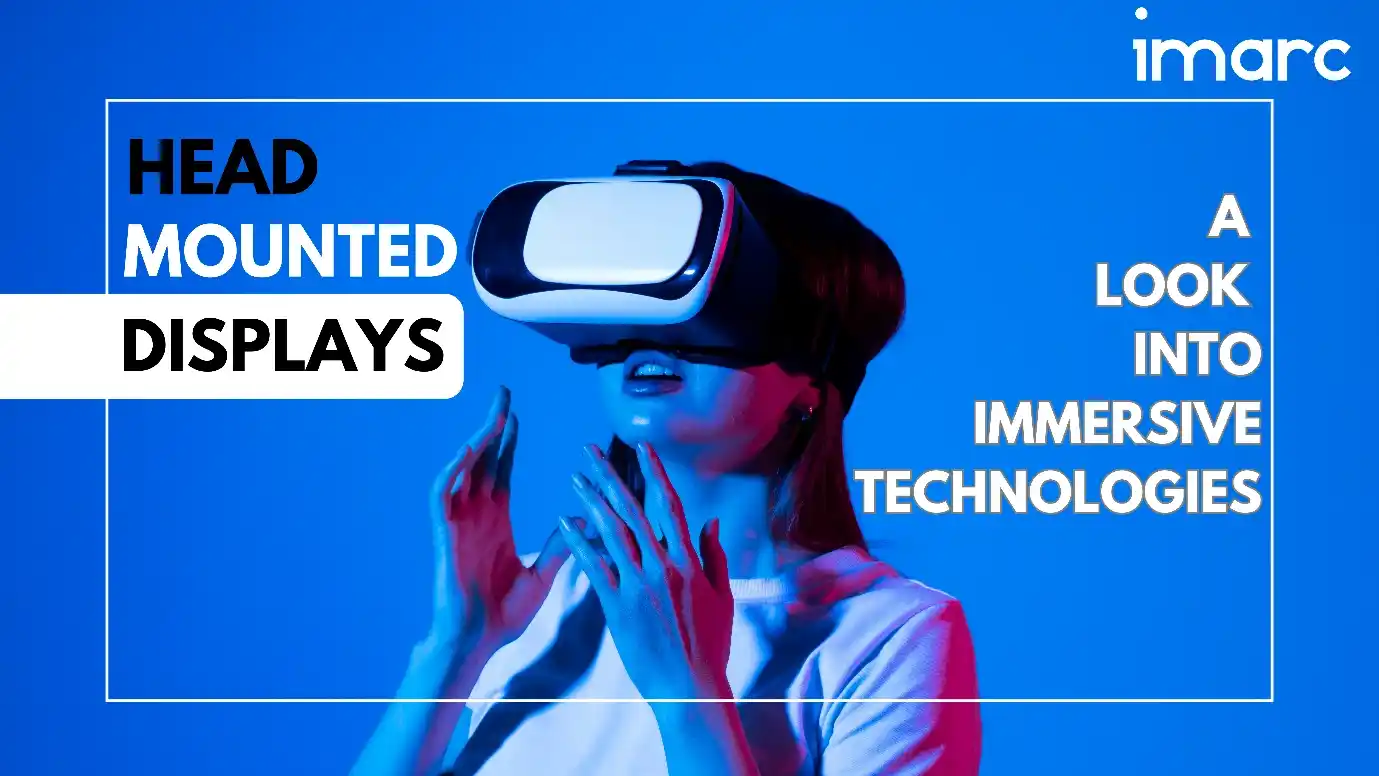
Head-mounted displays consist of small displays with in-built sensors and optics that project images directly onto the user's eyes. They provide a virtual reality (VR) or augmented reality (AR) experience that allows users to interact with digital objects or environments. They resemble glasses or goggles and are designed to be worn on the head. They comprise many components, such as a controller, sensor, camera, lens, goggles, head tracker, case, connector, display, battery, processor, memory, pico projector, and accessories. Tracking systems and sensors detect the user's head movements and adjust the displayed content accordingly, offering the user a more realistic, immersive, and interactive experience.
For the projection of images, HMDs use different display technologies such as LCD (liquid crystal display), OLED (organic light-emitting diode), or microdisplays. They can be wired or wireless and are available in three types: discrete, integrated, and slide-on. HMDs have a wide range of applications, such as security, training and simulation, tracking, imaging, and many others. Furthermore, they are utilized in various industries, including commercial, gaming, entertainment, enterprise and industry, engineering and design, military, defense, aerospace, medical, education, sports, fashion, journalism, and others.
Revolutionizing the Visual Experience: The Future of Head-Mounted Displays
The global head-mounted display market is projected to exhibit a CAGR of 41.3% during 2023–2028, as per the recent findings by IMARC Group. The demand for HMDs has increased substantially over time. Various factors are contributing to the market's growth.
Advancements in Display Technology: The innovation in display technologies such as LCD, OLED, or micro display offers high-resolution, 3D viewing, and low latency that improve visual quality and allow manufacturers to produce HMDs with higher pixel densities, a wider color gamut, and better refresh rates. The latest technologies have significantly enhanced the user experience and provided a lucrative growth opportunity for the market.
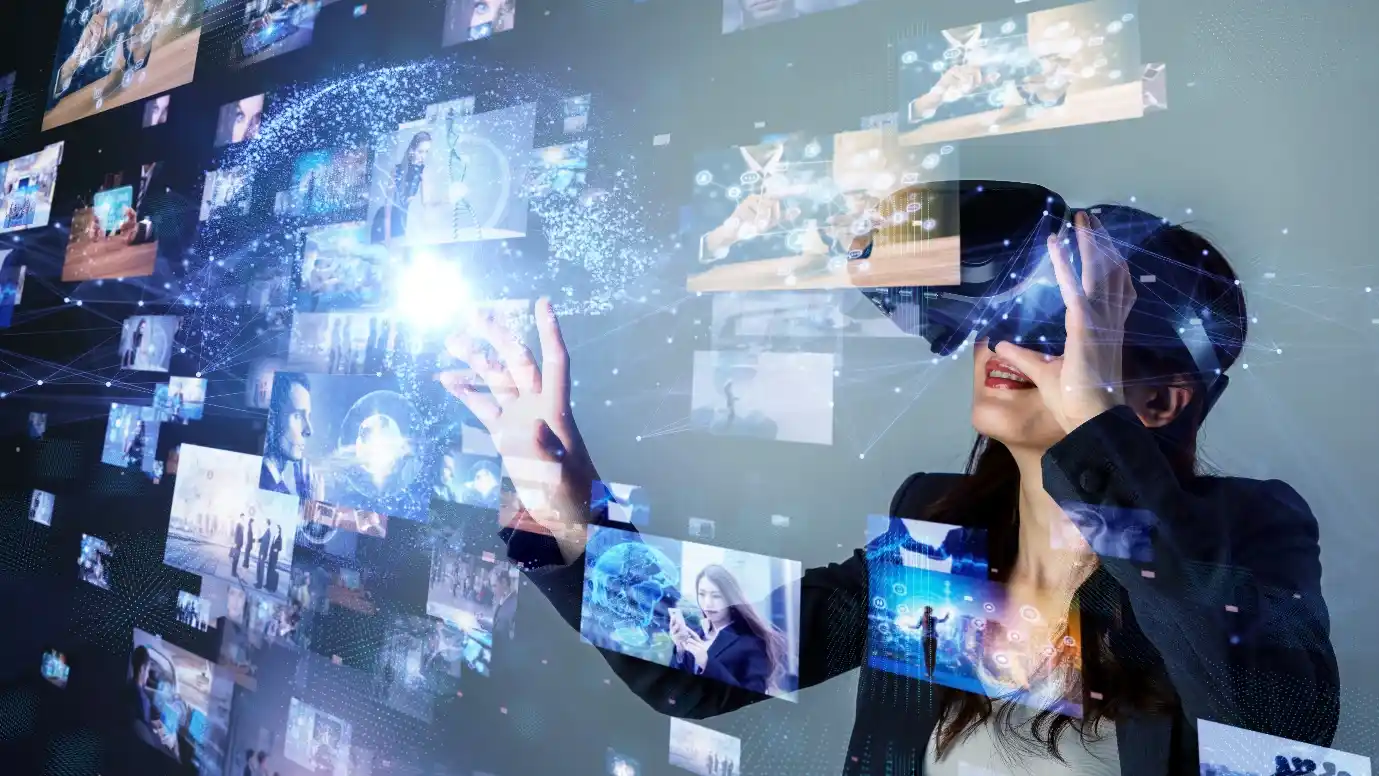
Rising Adoption of AR and VR Technologies: HMDs are an integral part of the AR and VR ecosystem as they deliver consumers a realistic and interactive experience. The accessibility and affordability of AR and VR technologies have increased the adoption of HMDs in different industries, such as gaming, entertainment, healthcare, education, and manufacturing.
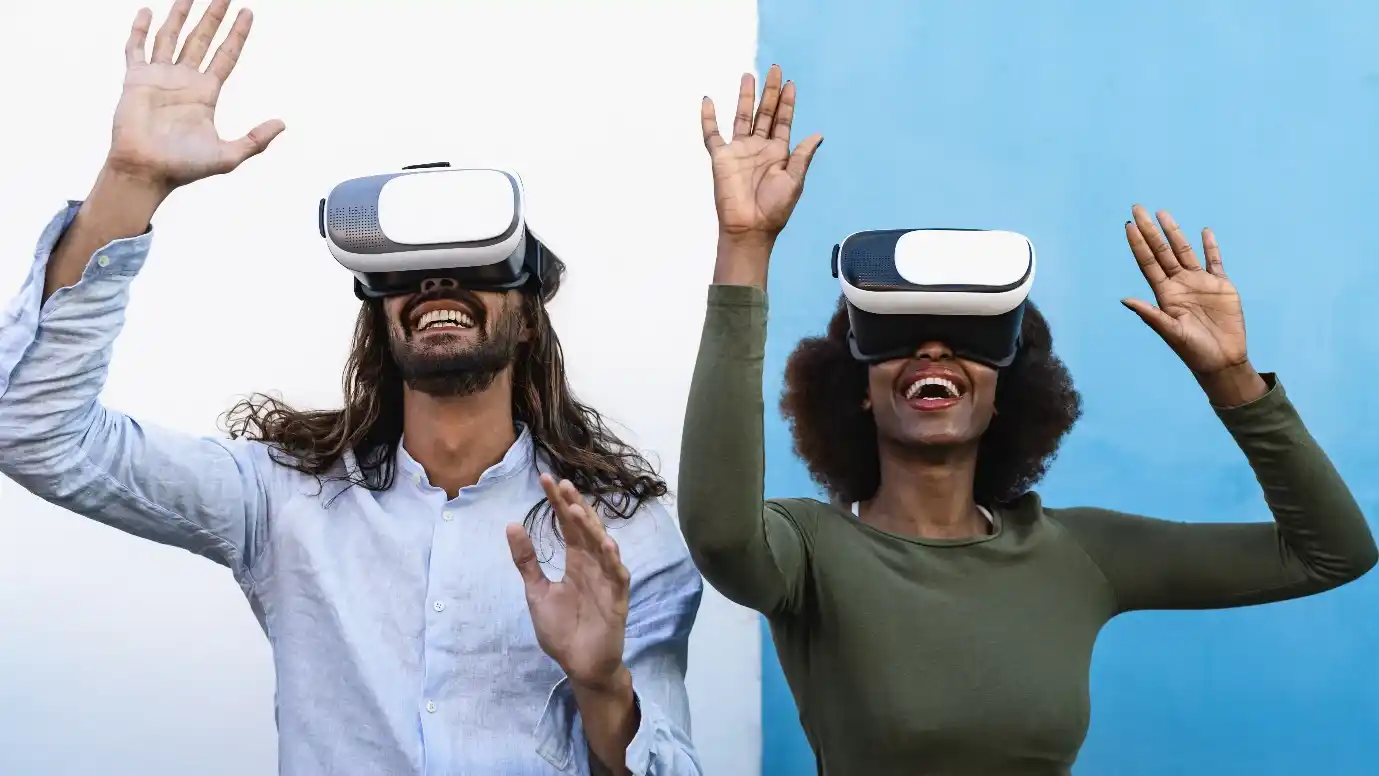
Growing Gaming and Entertainment Industry: The rising number of gamers has significantly stimulated the gaming and entertainment industries. The demand for more realistic and engaging gaming experiences has led to the increased adoption of HMDs in the gaming industry. In addition, HMDs are also used to create immersive virtual experiences for movies, live events, and other forms of media in the entertainment industry.

Increasing Accessibility and Availability: The reduced costs of manufacturing driven by technological advancements and the decreasing costs of display components, sensors, and processing power are making HMDs more affordable and accessible to a broader range of consumers.
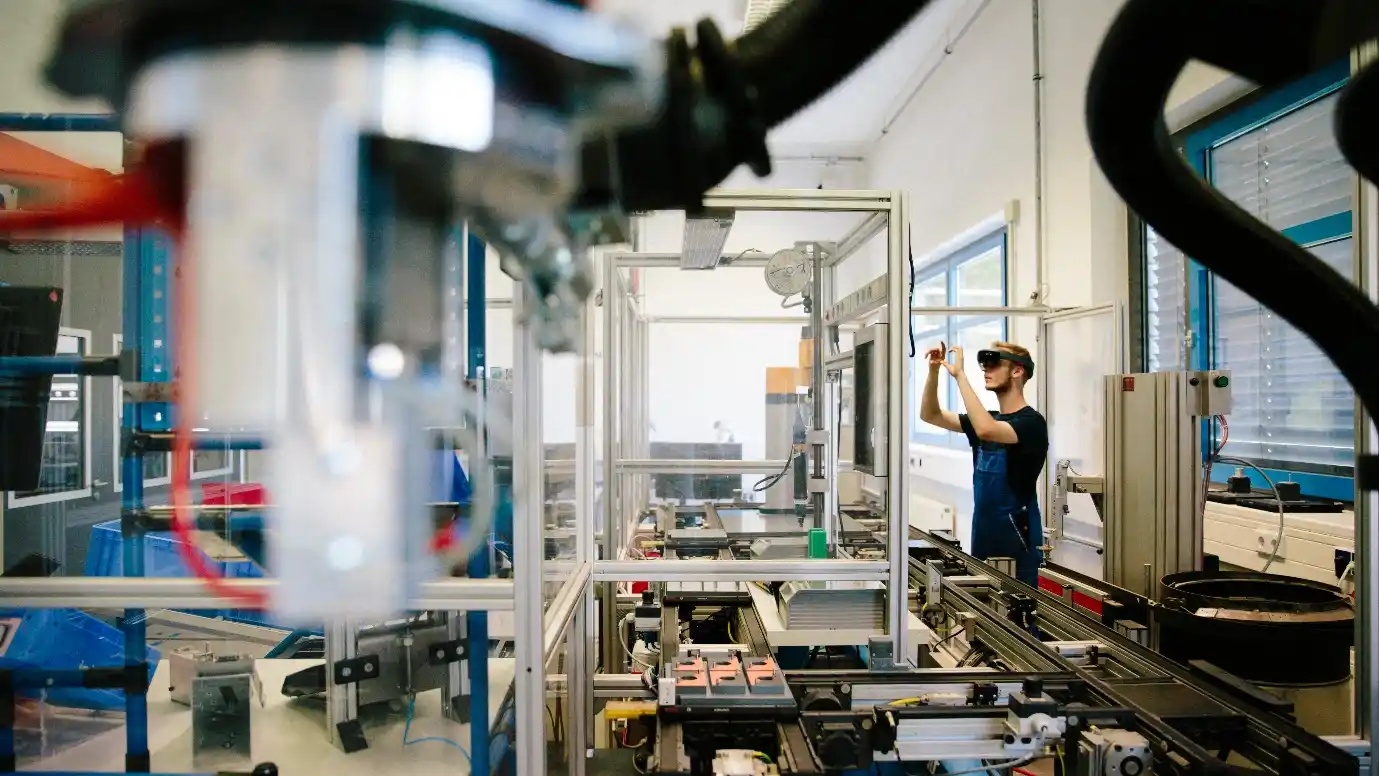
Apart from this, many leading players, including Samsung, Sony, Meta, and Microsoft, are heavily invested in developing HMDs.
Enhancing Immersive Experiences: The Impact of HMDs on Virtual Reality and Augmented Reality
Virtual and augmented reality technologies are revolutionizing the HMD market. They provide real-time feedback, immersive visualization, enhanced interactivity, and deliver a personalized experience. These technologies find a wide range of applications in various industries, which are outlined below.
Engineering and Design: HMDs provide realistic and accurate visualization of 3D models that gives a better understanding of spatial relationships, proportions, and aesthetics. In addition to this, they also help in detecting design flaws, making design decisions, and improving the overall design process.
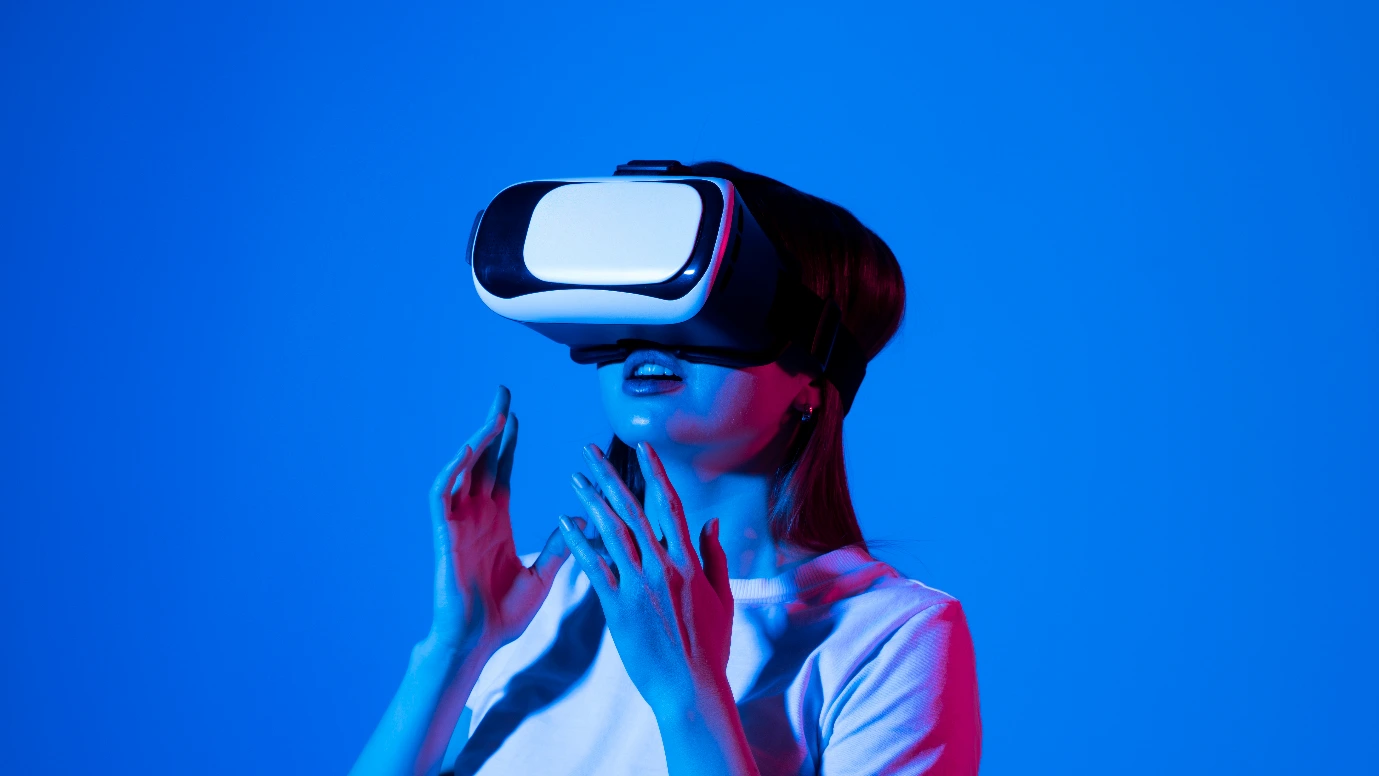
Military and Defense: HMDs provide real-time data such as maps, target information, and weapon status to soldiers, which enhances situational awareness and enables them to make faster and more informed decisions on the battlefield. They also incorporate night vision and thermal imaging technologies that help soldiers see in low-light conditions or obscured areas.
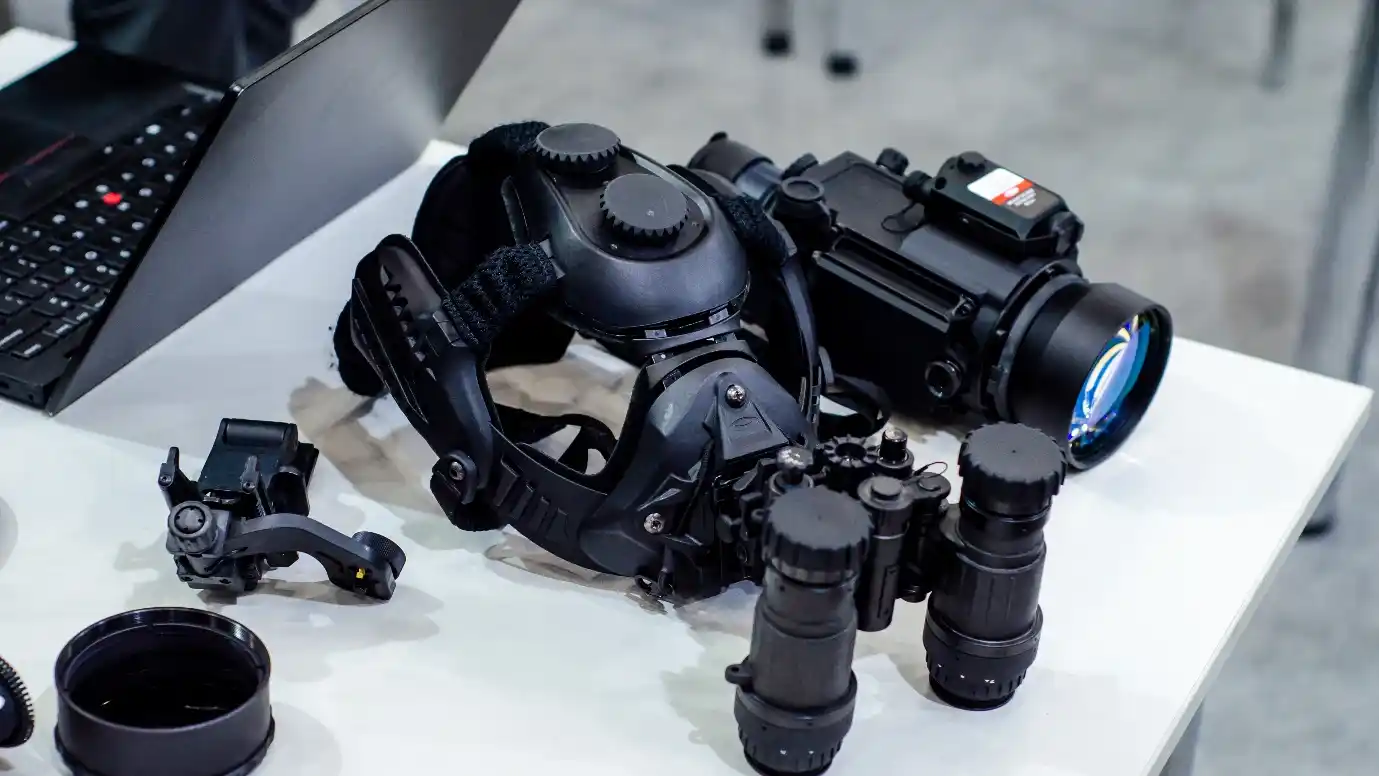
Gaming and Entertainment Industry: HMDs allow users to watch movies, documentaries, and other content in virtual reality. They offer gamers realistic and immersive virtual environments and provide a 360-degree view of the virtual world. Furthermore, they enhance the spectator experience during live events and performances in the gaming and entertainment industries.
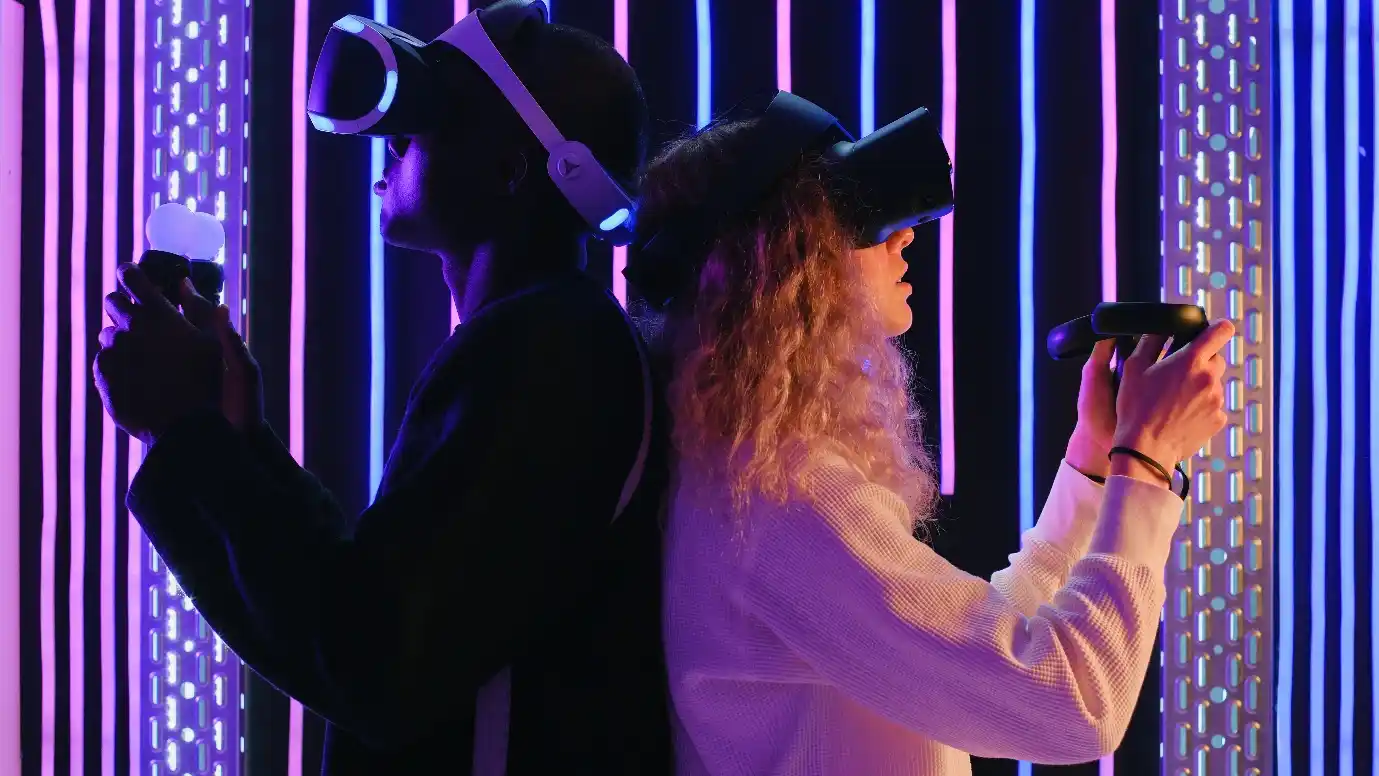
Education and Training: HMDs provide interactive learning experiences for learners. They are used for creating virtual classrooms, simulations, and educational content, allowing students to engage more practically.

Healthcare and Medical Industry: HMDs are used for simulating surgical procedures and helping healthcare professionals visualize medical imaging data, such as CT scans, MRIs, and ultrasounds, in a 3D structure. This allows for a better understanding of anatomical structures and aids in diagnostics.

Latest Breakthroughs in AR and VR Technologies
- Apple launched a mixed reality headset device named "Vision Pro" at the Worldwide Developers Conference (WDC) 2023. It entirely relies on voice commands, hand gestures, and visual inputs. Moreover, it handles multiple applications simultaneously. This headset will offer several features for users to play games, have social experiences, enjoy media, and sync their existing Apple accounts.
- NHK Science & Technology Research Laboratories (STRL) has developed a light-field head-mounted display (HMD) for comfortable VR viewing. It enables users to view natural 3D images and reduces visual fatigue. Using light field technology makes it possible to reproduce real-world-like light reaching the eye from an object.
- Reliance Jio launched its first virtual reality (VR) headset, "JioDive." The JioDive VR headset offers a unique experience to users by allowing them to watch Indian Premier League (IPL) matches with a 360-degree view on a virtual 100-inch screen. The VR headset is compatible with Android and iOS devices, with screen sizes between 4.7 and 6.7 inches.
The Path Ahead: Exploring the Future of HMDs and Emerging Technologies
Technological advancements such as miniaturization, lightweight materials, and ergonomic designs will make HMDs smaller, more comfortable, and more portable. Apart from this, improved optics, enhanced display quality, wireless connectivity, advanced tracking, and sensing material in HMDs will further contribute to the market's growth.
HMDs are an integral part of augmented and mixed reality that provide seamless and immersive experiences in various industries. As these technologies continue to evolve, they will have a significant impact on the future of the HMD market.
Impactful Insights: Stay Ahead of the Curve with IMARC's Unmatched Expertise
Companies need to set goals for the development of new and innovative HMDs. It is necessary for them to analyze their existing products and identify areas where technological advancements can be introduced in the manufacturing process for a better user experience. The analysis of competitors’ business strategies and product innovations is again a very important parameter for developing unique and featured HMDs.
At IMARC Group, we specialize in assisting companies through market research to identify the latest trends, business strategies, and product opportunities. We help organizations in the head-mounted display market in finding their target audience, their preferences, purchasing behavior and creating powerful marketing plans. By providing information on new product launches, innovation, and recent trends and developments, we help businesses position themselves for long-term success and growth.
Our Clients
Contact Us
Have a question or need assistance?
Please complete the form with your inquiry or reach out to us at
Phone Number
+91-120-433-0800+1-201-971-6302
+44-753-714-6104










